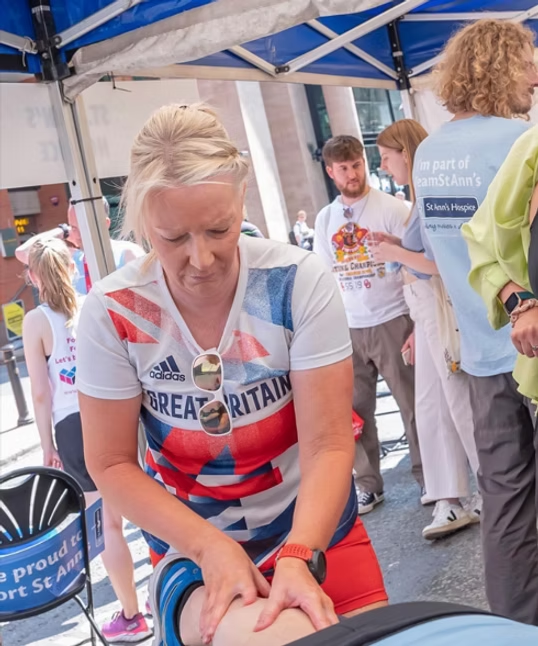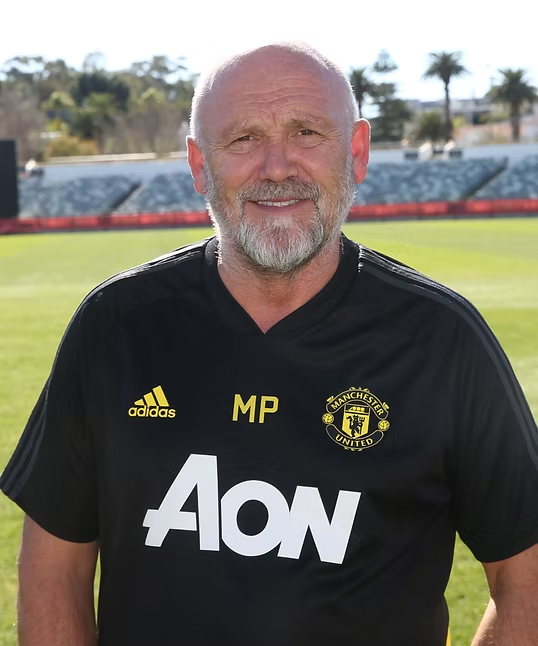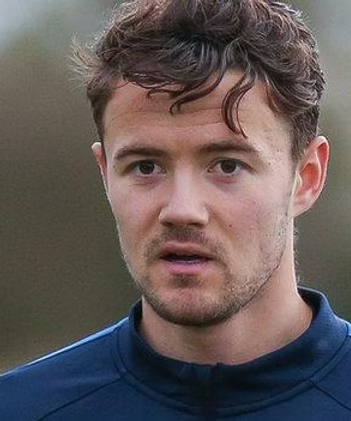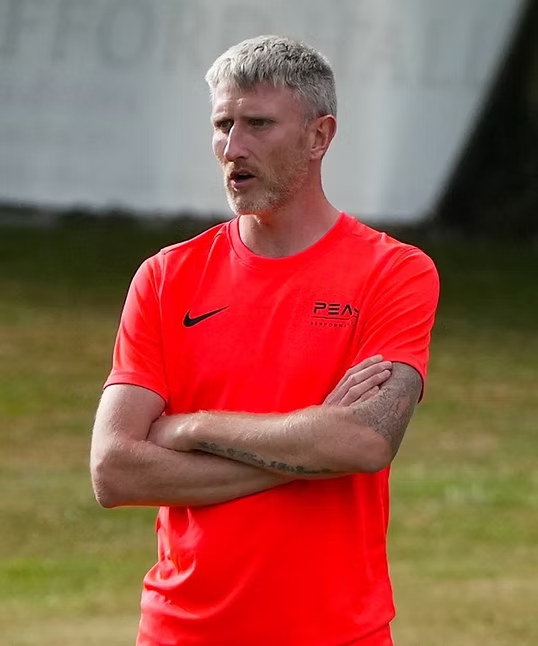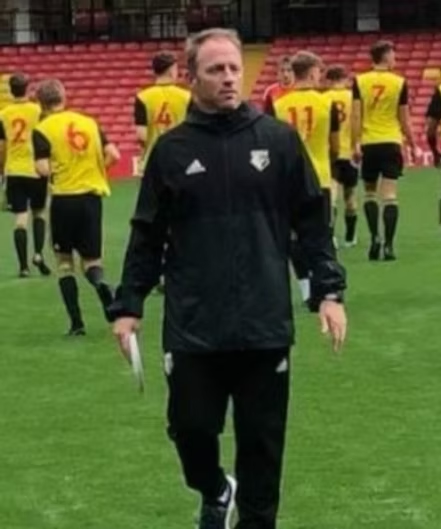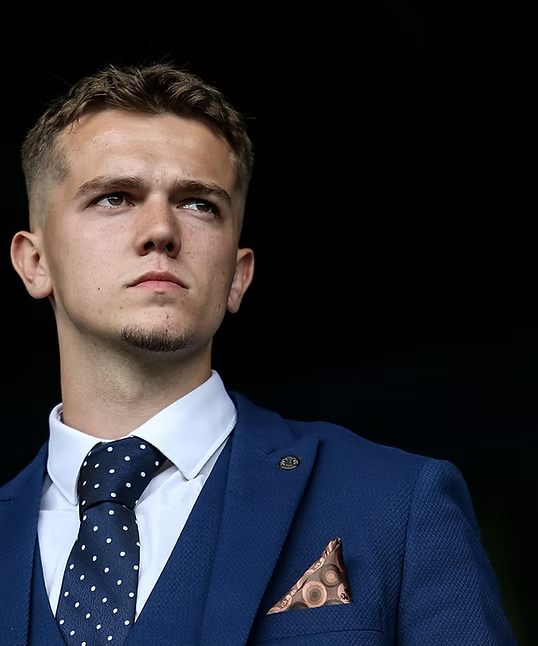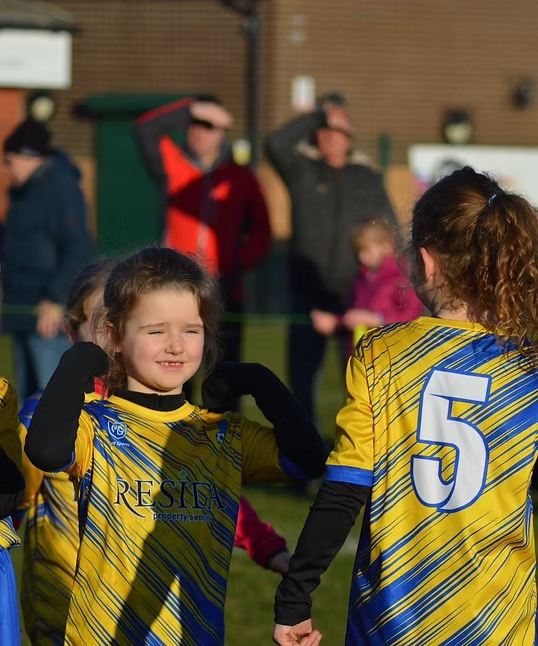Grassroots football is the beating heart of the sport, shaping young players, fostering community spirit, and providing opportunities for all. This summer, The National Grassroots Football Show 2025 will bring together football enthusiasts from across the UK for a two-day event at the NEC in Birmingham, designed to educate, inspire, and celebrate everything that makes grassroots football special.
Taking place on Saturday 19th and Sunday 20th July 2025, this first-of-its-kind event will feature workshops, seminars, skills sessions, and networking opportunities, making it the ultimate gathering for players, coaches, club officials, parents, and football fans of all ages.
Whether you’re a coach looking for fresh ideas, a parent supporting a young player, or a club official keen to connect with industry experts, this event will offer something for everyone.
What to Expect at The National Grassroots Football Show 2025
The show promises a packed itinerary, ensuring attendees can immerse themselves in the grassroots football community while learning from some of the best minds in the game.
Workshops & Seminars
A key highlight of the event will be the range of workshops and seminars, covering everything from coaching techniques to player development and football pathways. Some of the standout sessions include:
Mike Phelan Coaching Workshop – Former Manchester United coach Mike Phelan will lead action-packed workshops, offering tips and skills advice for budding footballers and coaches alike.
Cameron Jerome Striker Workshop – Learn from former professional footballer Cameron Jerome in a specialist finishing session, designed to help young players sharpen their goal-scoring instincts.
Jamie Atkins – What Scouts Look For – Professional football scout Jamie Atkins will provide insights into what scouts look for in grassroots and academy players, helping young talents understand how to stand out.
Sam Brown – Dedicated Girls Workshop – A session focused on developing female players, ensuring they receive the same opportunities and support as their male counterparts.
Dr Chris Platts – Navigating Professional Football – Helping parents, guardians, and players understand the complexities of professional football, from contracts to career progression.
Bobby Copping – Resilience in Football – Former professional footballer Bobby Copping will share his story of resilience, following his early retirement due to injury.
Judith McMinn – Protective Headwear in Football – Founder of Rezon Halos, Judith McMinn will discuss how protective headwear can significantly reduce brain injuries in sport.
Stuart McClarty – Academy Coaching Insights – Premier League Category 1 Academy Coach Stuart McClarty will pass on his experience and expertise, helping young players refine their skills.
Nicola Pickford – ACL Injuries in Women’s Football – Elite Athlete Physiotherapist Nicola Pickford will discuss ACL injuries in the women’s game, offering advice on prevention and recovery.

Interactive Zones & Live Demonstrations
Beyond the seminars, attendees can test their skills in interactive demo areas, take part in live grassroots tournaments, and meet legends of the game. The event will also feature a Euro fan zone, where fans can cheer on the Lionesses in their latest fixtures.
Exhibition & Networking Opportunities
The show will host a large-scale exhibition, covering six key zones:
Girls & Women’s Football
Health & Wellness
Community Initiatives
Trade Innovation
Coaching & Training
Football Technology
With over 14,000 grassroots football players, parents, club officials, coaches, and fans expected to attend, this event is a prime opportunity to network, learn, and celebrate the sport.
Be Part of Grassroots Football’s Biggest Event
Tickets for The National Grassroots Football Show 2025 are available now for £20 per person, per day, including VAT and booking fees.
This is your chance to immerse yourself in the grassroots football community, learn from industry leaders, and connect with fellow enthusiasts who share your passion for the game.
Together, we can ensure that grassroots football continues to thrive—providing opportunities, inspiring the next generation, and strengthening the footballing community from the ground up.
Come and be part of it!







